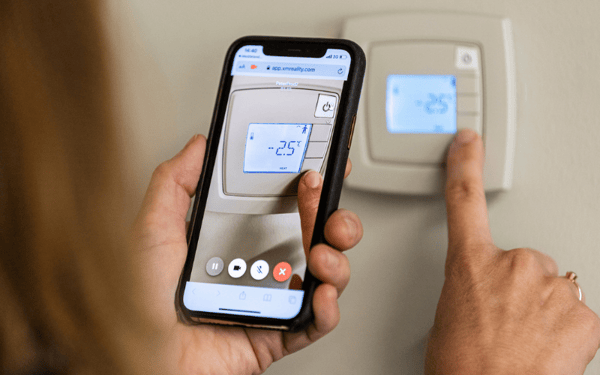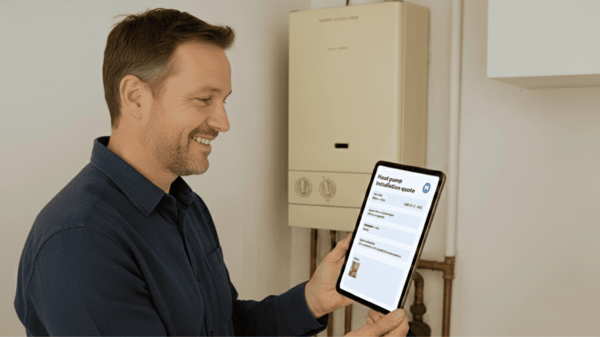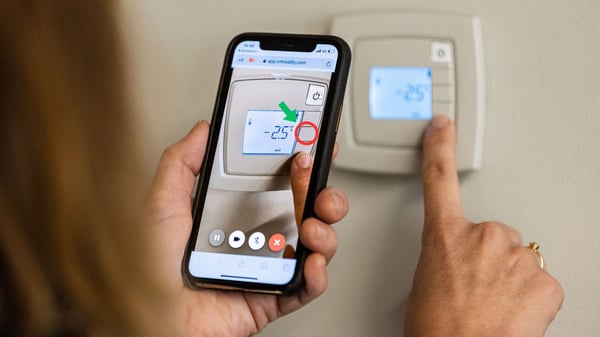If your company is considering implementing a remote guidance or remote assistance solution, it’s important to have a clear idea of how you will use it. Since the technology is often completely new to your organization, knowing what it takes to implement successfully can be tricky. Therefore, a great first step is to do a pilot project to thoroughly evaluate that the remote guidance solution you are leaning towards will fit your company and foresee potential internal obstacles.










